Affiliate links on Android Authority may earn us a commission. Learn more.
The Moto Z has no 3.5 mm headphone port, but does it really matter?
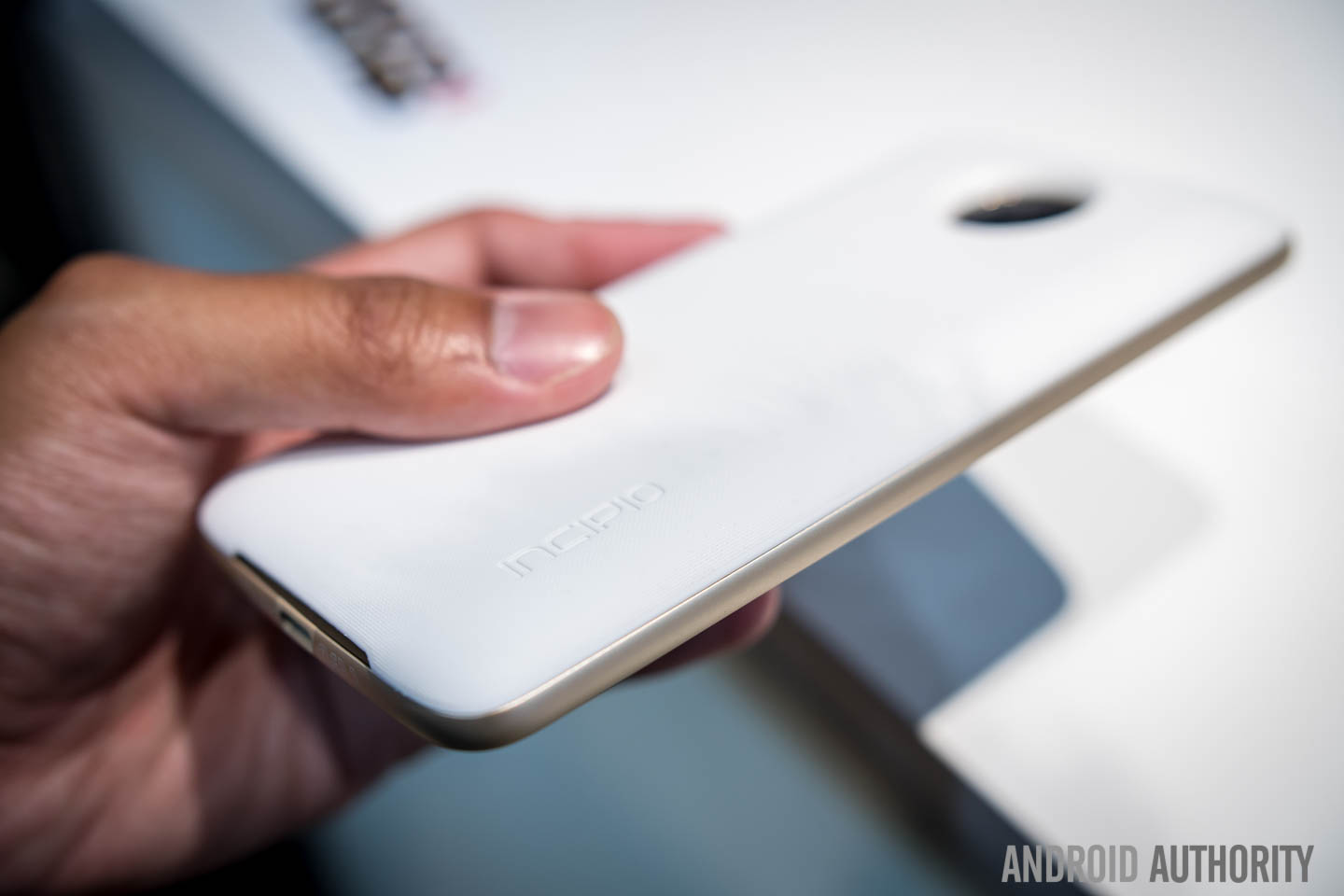

One of the biggest bits of hoopla coming out of Lenovo TechWorld today is the absence of a 3.5 mm headphone port on the Moto Z and Moto Z Force. While we’ve seen headphone port-less devices already announced from the likes of LeEco and Oppo, no mainstream manufacturer has yet taken the plunge. Until now, that is. But does it actually matter?
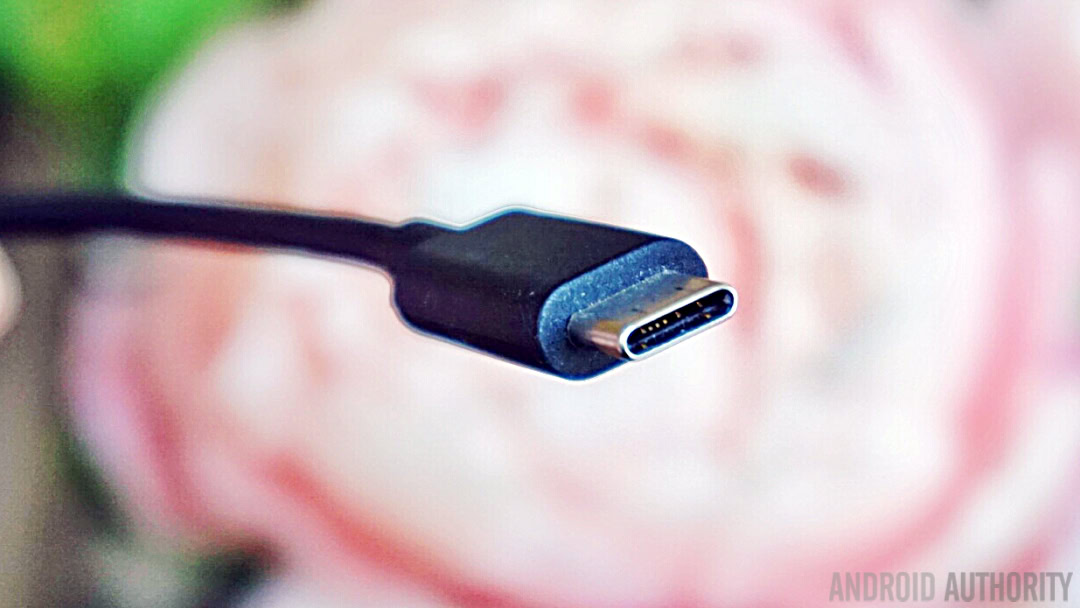
The Moto Z situation
The obvious argument is that there are billions of 3.5 mm headphones in the world right now and very, very few USB Type-C headphones. To address this, Motorola is wisely including a USB Type-C to 3.5 mm adapter in the Moto Z box. To many, this means Motorola should have just stuck with a 3.5 mm port in the first place.
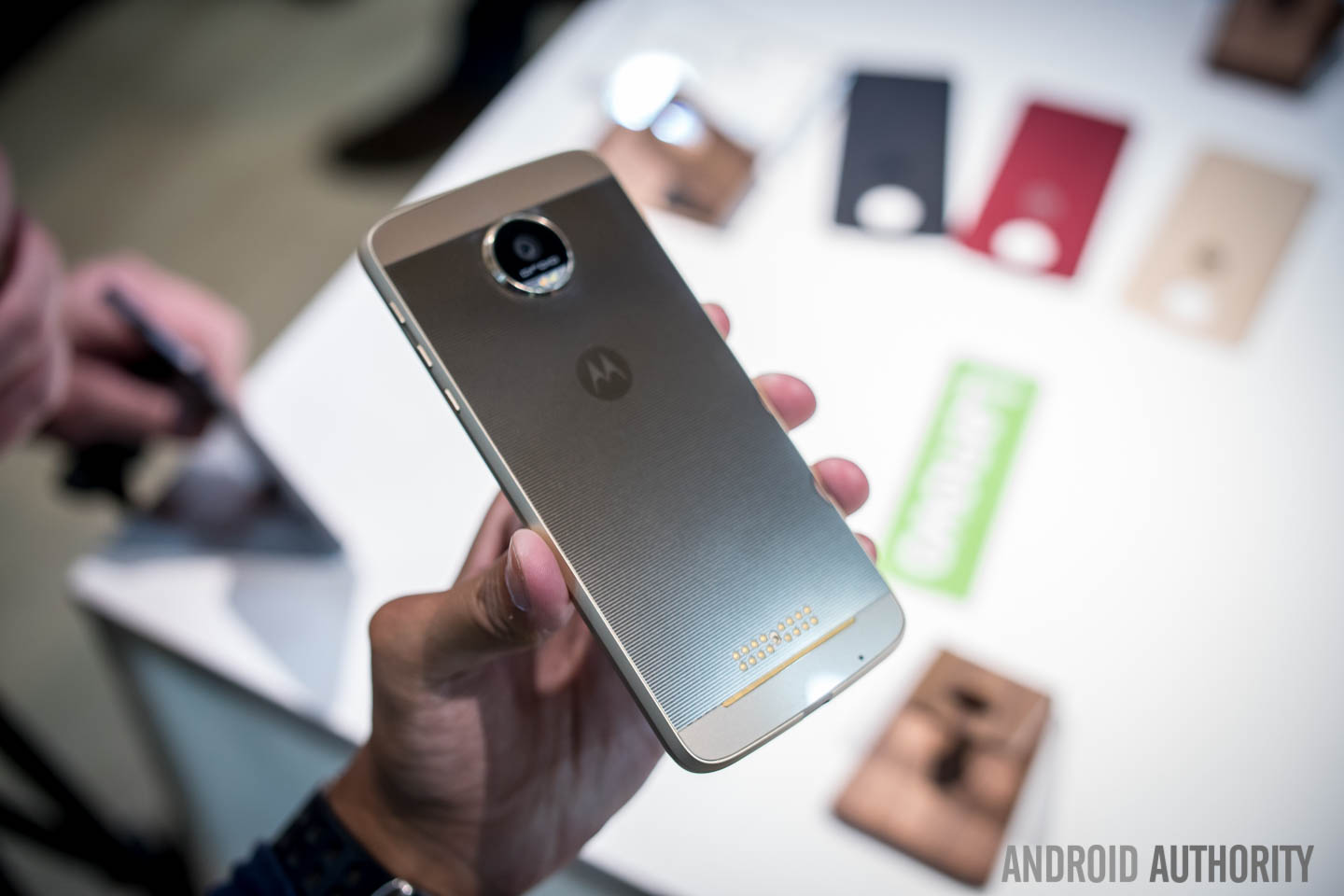
But that misses the point. You don’t usher in the future by clinging to the past. For example, if new phones came equipped with both USB Type-C and a microUSB port, most people would just keep using the old cable because they have so many of them lying around. When it comes to headphones, manufacturers are obviously trying to push USB Type-C headphones because accessories.
Manufacturers are obviously trying to push USB Type-C headphones because accessories make money.
Also, the Moto Z is just 5.19 mm thick. That’s insanely thin. With a phone that thin there’s simply no room for a 3.5 mm port and everything that goes with it (or at least that’s what Motorola is telling us). Admittedly, we never asked for 5 mm thick smartphones – in fact, most of us would prefer a thicker, stronger phone with a larger battery instead – but super-thin phones are what we’re getting.
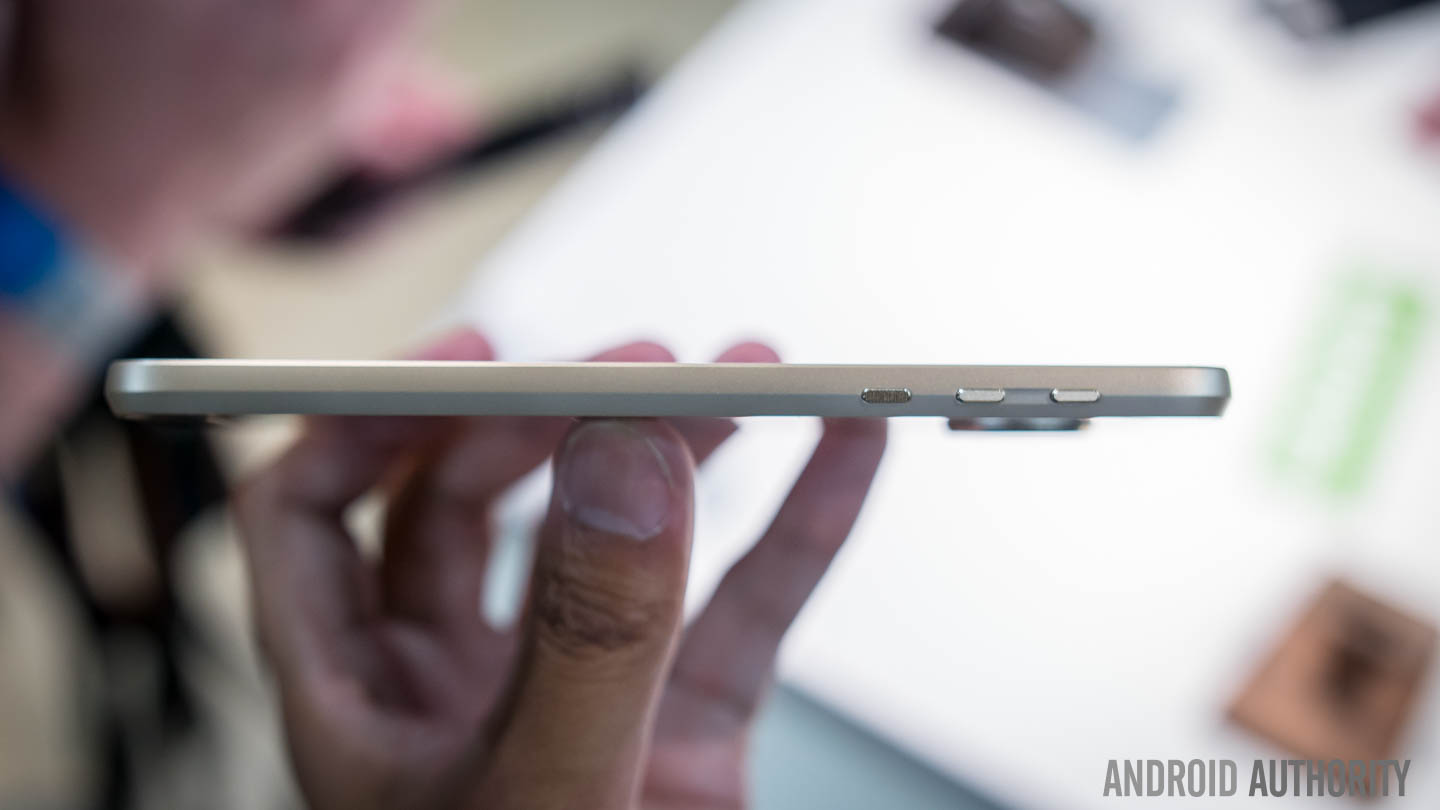
Does it really matter?
So the question remains: does it really matter? If you don’t want to get on board the potential benefits of a USB Type-C headphone experience (like lossless digital audio and noise-cancelling without a built-in headphone battery), simply use the 3.5 mm port adapter or your existing Bluetooth headphones and go about your business. Flame up about having to use an adapter if you must, but your life won’t really be any worse.
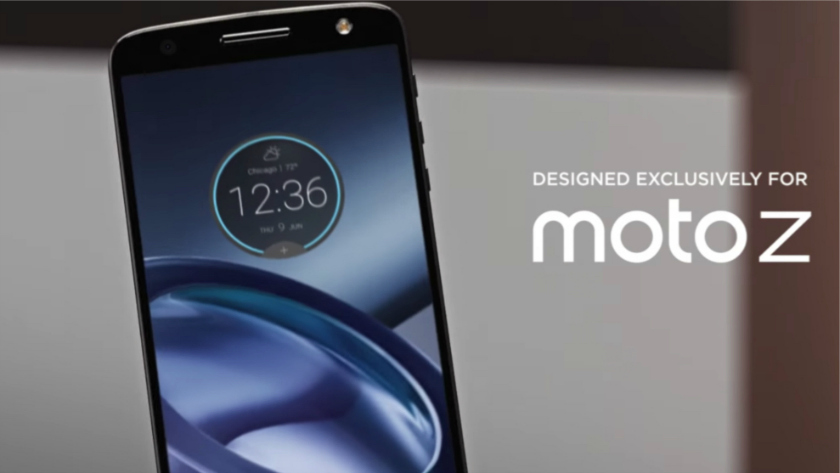
You will not have had to spend additional money on the adapter (think Apple), will have been able to continue using your existing headphones (think LeEco) and will get the same audio quality you’re used to. The argument is likely that if and when you do decide to make the transition to USB Type-C headphones, you won’t have a leftover port collecting dust. But we all know it’s going to take years for USB Type-C headphones to catch on.

Why it does matter
On the other hand, one of the major – and perhaps most justifiable – gripes with removing the 3.5 mm headphone jack is that it becomes impossible to simultaneously charge your phone and listen to music at the same time (unless your phone supports wireless charging or you use a USB Type-C splitter cable). This is a pretty terrible user experience. Offering both a 3.5 mm and USB Type-C port would allow you to use the 3.5 port when charging and switch to the new port when you’re not, but that would then require two types of headphones.
Offering both a 3.5 mm and USB Type-C port would provide the best of both worlds.
But for the same “accessories money” reason mentioned above, it’s obvious why manufacturers don’t want to offer you this option. Likewise, adding a second USB Type-C port to address the “can’t use headphones while charging” issue would just lead to people trying to charge their phone from two ports at once. I’ll leave it up to you to imagine how this would be a bad idea and why no OEM would actually do it.

Conclusion
Motorola will cop plenty of flak for this decision, but I guess someone had to do it. Providing a cable in the box is the least they could do, but it will do little to placate the 3.5 mm faithful. Offering both a USB Type-C and 3.5 mm port would have avoided these problems entirely, but that wouldn’t be as cutting edge now, would it? While I’m still out to lunch on whether we really need USB Type-C headphones or not, it certainly looks like 3.5 mm headphones are going to be phased out sooner than we all might have thought.
What do you think about the death of 3.5 mm ports? Would the lack of a 3.5 mm port affect your purchasing decision?